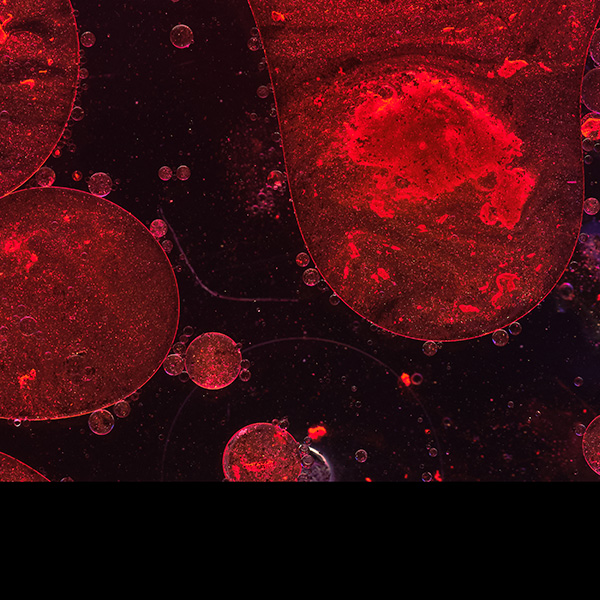Key Benefits
- Clarify ovulation and hormone balance to explain infertility and guide care.
- Spot ovarian reserve issues via day‑3 FSH/LH and estradiol patterns.
- Confirm ovulation with mid‑luteal progesterone, supporting timing and treatment decisions.
- Detect high prolactin that disrupts ovulation, guiding imaging or medication to restore cycles.
- Protect pregnancy chances by optimizing thyroid function; TSH can affect ovulation and miscarriage.
- Clarify symptoms like hot flashes, milky discharge, or fatigue by linking them to hormones.
- Track hormone trends across cycles to evaluate therapy and optimize conception timing.
- Best interpreted with cycle timing and your symptoms; often combined with AMH and ultrasound.
What are Female Infertility
Female infertility biomarkers are measurable signals from blood or urine that translate the monthly reproductive story into objective data. They map how well the brain, ovaries, and uterus coordinate (hypothalamic–pituitary–ovarian axis), showing whether eggs are available, ovulation occurs on time, and the uterine lining is hormonally prepared for implantation. Markers of egg supply (anti‑Müllerian hormone, AMH) and ovarian feedback (follicle‑stimulating hormone, FSH; estradiol) reflect the ovaries’ capacity to recruit follicles. Markers of timing and support of ovulation (luteinizing hormone, LH; progesterone) confirm release of an egg and adequate luteal signaling. Broader endocrine checks—thyroid status (thyroid‑stimulating hormone, TSH), milk hormone (prolactin), and androgen/metabolic signals (testosterone, DHEA‑S, insulin)—flag imbalances that can disrupt cycles. In select cases, immune and clotting markers (thyroid antibodies, antiphospholipid antibodies) help assess implantation risks. Together, these biomarkers turn symptoms into a clear map of where the bottleneck may lie, guiding targeted care and better timing for conception.
Why are Female Infertility biomarkers important?
Female infertility biomarkers translate the cross-talk between brain, ovaries, thyroid, and metabolism into measurable signals. Together, FSH, LH, estradiol, progesterone, prolactin, and TSH reveal whether eggs are being recruited, an ovulation surge occurs on time, the uterine lining is receptive, and whether endocrine “background noise” is helping or hindering conception.
In a healthy cycle, FSH and LH sit in the low-to-middle end early on, estradiol starts low then rises to a pre‑ovulatory high that triggers a brief LH surge, and progesterone climbs to a solid mid‑to‑high level in the mid‑luteal phase. Prolactin generally stays low‑to‑mid; TSH tends to be most supportive near the middle of its range. Persistent high FSH points to reduced ovarian reserve; a higher LH relative to FSH often reflects PCOS physiology. High prolactin can suppress ovulation, and both high and very low TSH can disturb cycles and raise miscarriage risk.
When these biomarkers run low, they usually signal insufficient hypothalamic–pituitary drive. Low FSH/LH blunt follicle growth and ovulation, lowering estradiol and causing light or absent periods, vaginal dryness, hot flashes, low libido, and over time, bone loss. Low mid‑luteal progesterone shortens the luteal phase, with spotting and reduced implantation chances. Very low prolactin is uncommon but, if paired with other low pituitary hormones, suggests broader pituitary dysfunction. Low TSH (hyperthyroid state) can shorten cycles and cause palpitations, weight loss, and tremor. In teens, a still‑maturing axis can transiently mimic these patterns.
Big picture, these markers map the reproductive and thyroid axes and their ties to energy balance, stress pathways, and metabolic health. Patterns hint at risks that extend beyond fertility—bone and cardiovascular health with hypoestrogenism, metabolic disease with PCOS physiology, and systemic effects of thyroid or pituitary disorders.
What Insights Will I Get?
Fertility reflects the health of the brain–pituitary–ovary–thyroid network that coordinates energy, metabolism, and tissue renewal. When this system is synchronized, ovulation is reliable and the uterine lining is receptive. At Superpower, we test these specific biomarkers: FSH, LH, Estradiol, Progesterone, Prolactin, TSH.
FSH (follicle‑stimulating hormone) drives early follicle growth; high baseline levels can signal reduced ovarian reserve. LH (luteinizing hormone) triggers ovulation and luteinization; absent or erratic surges point to anovulation or patterns seen in PCOS. Estradiol reflects granulosa cell activity and ovarian responsiveness; unusually high early‑cycle values may mask high FSH and also suggest diminished reserve, whereas very low values indicate hypoestrogenism. Progesterone rises after ovulation from the corpus luteum; adequate mid‑luteal levels indicate ovulation and endometrial maturation. Prolactin supports lactation; elevations suppress GnRH, disrupting ovulation and cycles. TSH indexes thyroid status; hypo‑ or hyperthyroid states impair ovulation, implantation, and early pregnancy maintenance.
Stable, healthy function shows as a predictable pattern: modest early‑cycle FSH with appropriate estradiol, a clear mid‑cycle LH surge, and a robust luteal progesterone rise, with prolactin within reference and TSH indicating euthyroid status. Deviations signal axis instability—diminished reserve, ovulatory inconsistency, pituitary hyperprolactinemia, or thyroid imbalance.
Notes: Interpretation depends on timing (cycle day and luteal versus follicular phase), pregnancy status, age, and perimenopause. Illness, acute stress, and medications alter results (hormonal contraception, dopamine agents, thyroid therapy). Assay variability, biotin interference, and macroprolactin can mislead; labs differ in reference ranges.







.avif)



.svg)





.svg)


.svg)


.svg)

.avif)
.svg)










.avif)
.avif)
.avif)


.avif)
.png)


